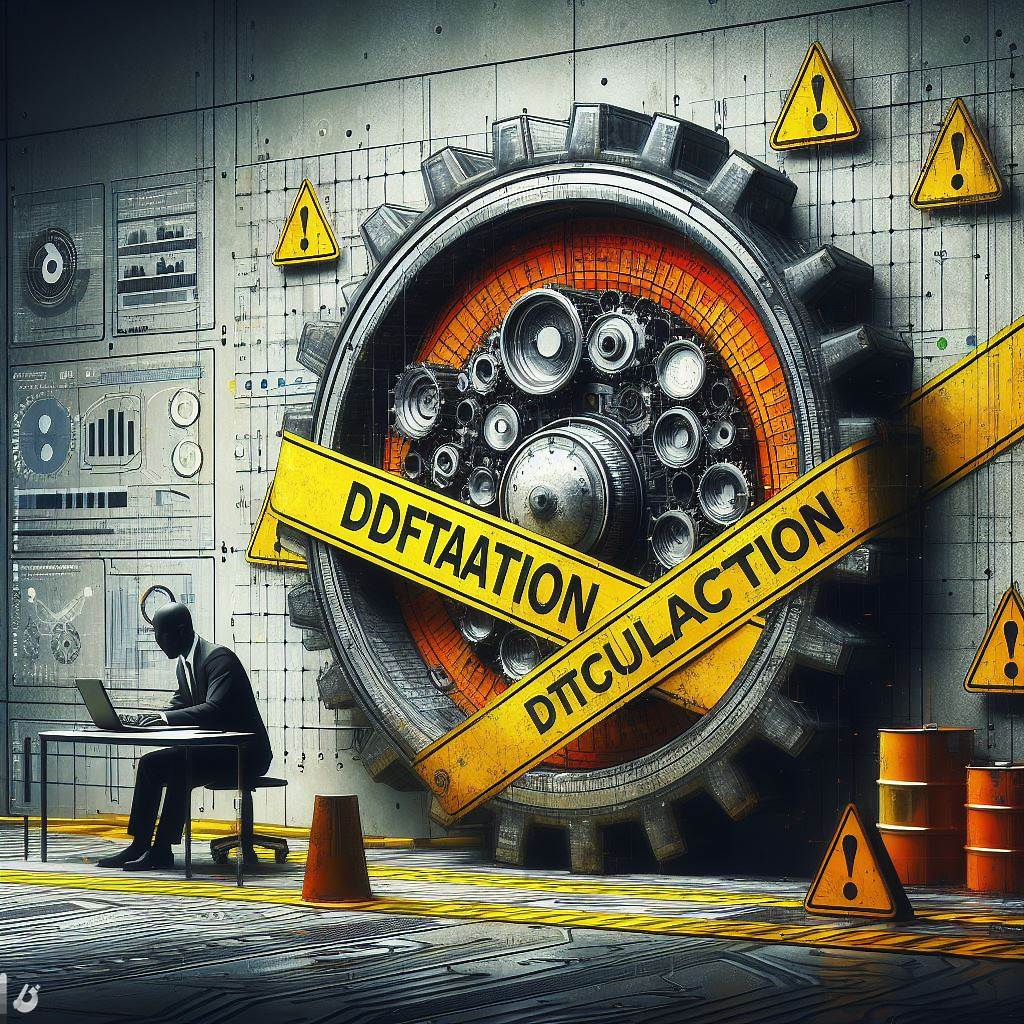The Pitfalls of Outdated Data in AI Automation: A Cautionary Tale for Agile IT Companies

In the rapidly evolving landscape of artificial intelligence, companies, particularly those in the dynamic realm of Information Technology (IT), are constantly seeking innovative ways to enhance their services and streamline operations. One popular approach involves feeding AI systems with data from tutorials, historical information, and other sources to automate processes and deliver valuable insights to clients. However, there is a hidden danger lurking in the shadows of this seemingly advanced technology - outdated data. In this article, we delve into the implications of using obsolete information in AI systems, emphasizing the unique challenges faced by agile IT companies that rapidly change client user experiences (UX) or services.
The Agile IT Conundrum
Agile IT companies, known for their ability to adapt quickly to market demands and client needs, are particularly vulnerable to the pitfalls of outdated data in AI automation. These companies often undergo rapid transformations in their services and client UX, introducing new features, interfaces, and technologies at a pace that outstrips the ability of traditional AI systems to keep up.
Challenges Faced by Agile IT Companies
Fast-Paced Changes
Agile IT companies frequently implement rapid changes to their services and client UX to stay ahead of the competition and meet evolving market demands. However, the accelerated pace of these changes can leave AI systems outdated, relying on information that no longer accurately reflects the current state of the company's offerings.
Budget Constraints
In the quest for agility, IT companies may prioritize immediate budget concerns over the long-term health of their AI systems. This often leads to neglect in updating tutorials and data, creating a scenario where the AI becomes a victim of its success, providing obsolete insights that hinder rather than enhance decision-making.
Priority Mistakes
The relentless focus on delivering new and innovative services can sometimes result in misplaced priorities. IT companies may underestimate the importance of keeping AI systems up-to-date, leading to the inadvertent neglect of data that is crucial for the system's accuracy and effectiveness.
Mitigating the Risks for Agile IT Companies
To navigate the unique challenges faced by agile IT companies in the context of outdated data in AI systems, specific strategies must be employed:
Integrated AI Strategies
Embed AI strategies into the core of IT development processes. Ensure that AI systems are seamlessly integrated into the workflow, allowing them to adapt in real time to the rapid changes in services and UX.
Flexible Budgeting
Allocate resources for regular updates to AI data as an integral part of the budgeting process. Understand that neglecting AI updates may result in long-term consequences that outweigh short-term cost savings.
Continuous Training for AI Teams
Provide ongoing training for AI development teams to stay abreast of the latest methodologies and technologies. Equip teams with the skills to manage the dynamic nature of IT services and client UX.
Client Communication
Maintain open communication with clients about the challenges associated with AI-driven services in a rapidly changing environment. Set realistic expectations and convey the importance of regular data updates for optimal performance.
For agile IT companies, the risks associated with outdated data in AI systems are heightened due to the rapid pace of change inherent in their operations. Neglecting to update tutorials and data can result in AI becoming a wasted service, providing inaccurate insights and eroding client trust. By integrating AI strategies, flexible budgeting, continuous training, and transparent communication, agile IT companies can mitigate the risks and ensure that their AI-driven services remain valuable assets in an ever-evolving landscape.


